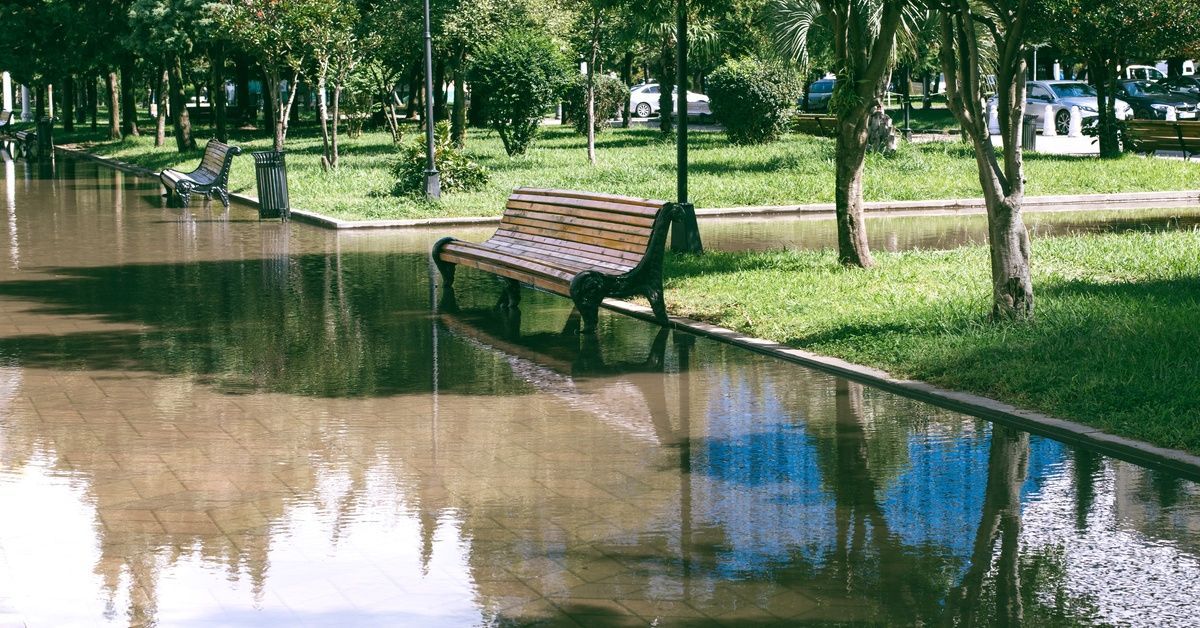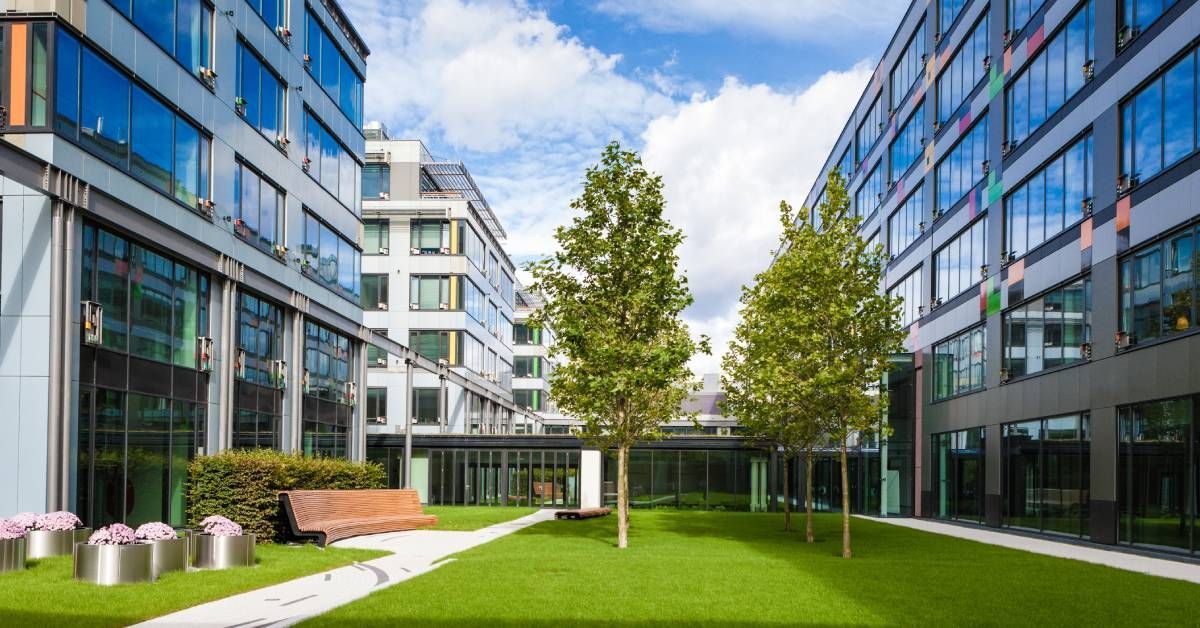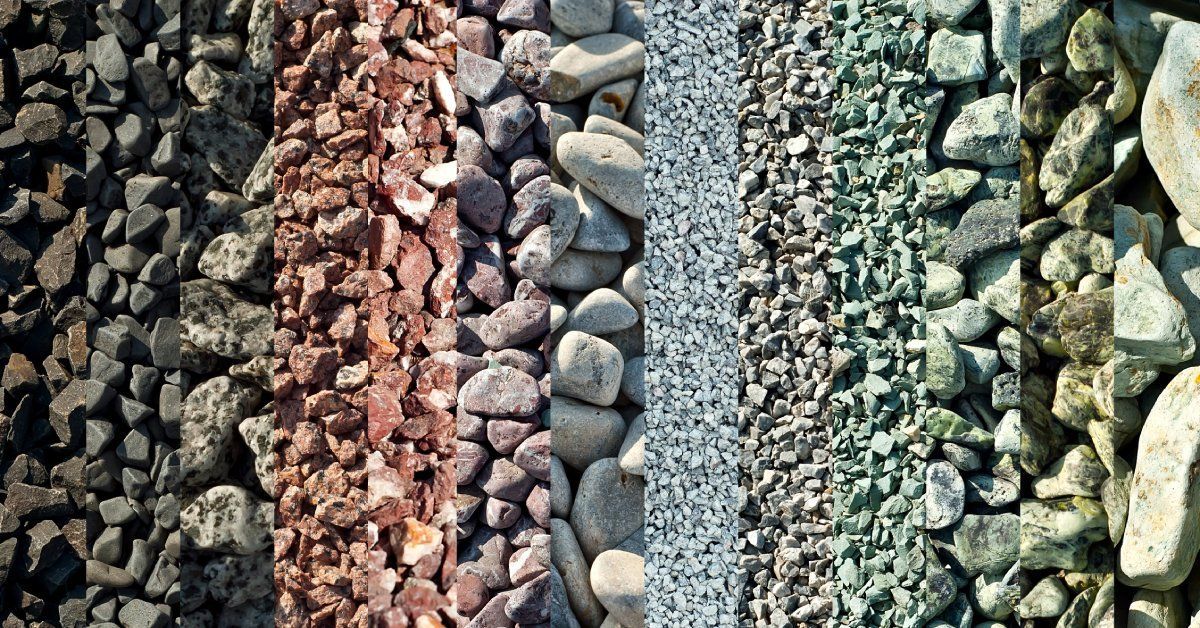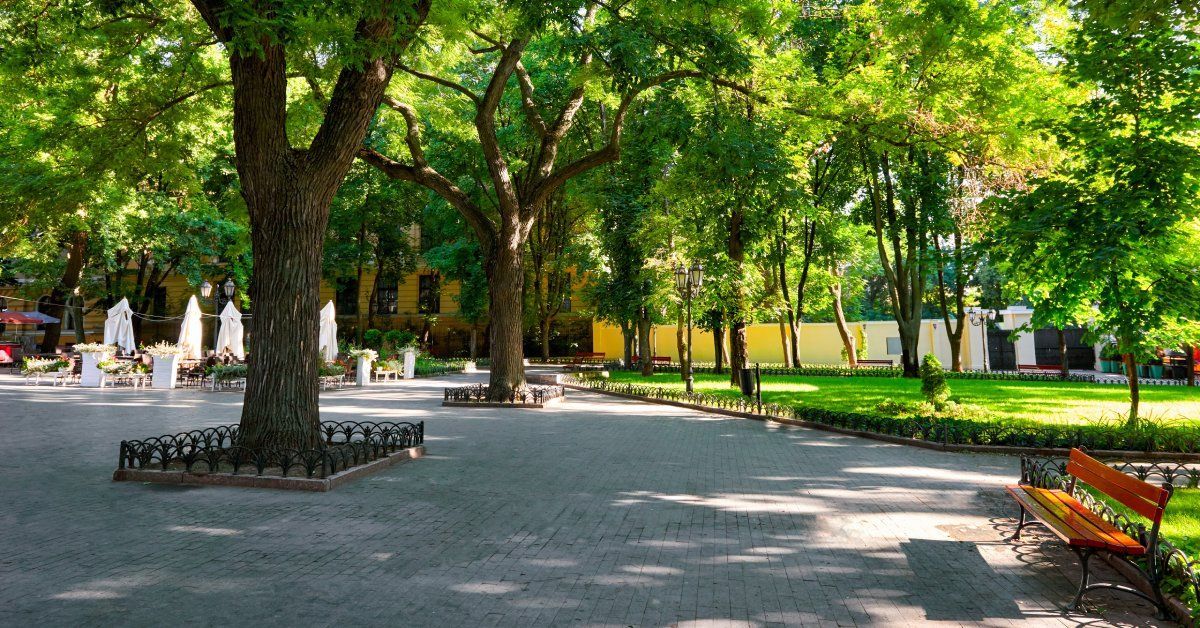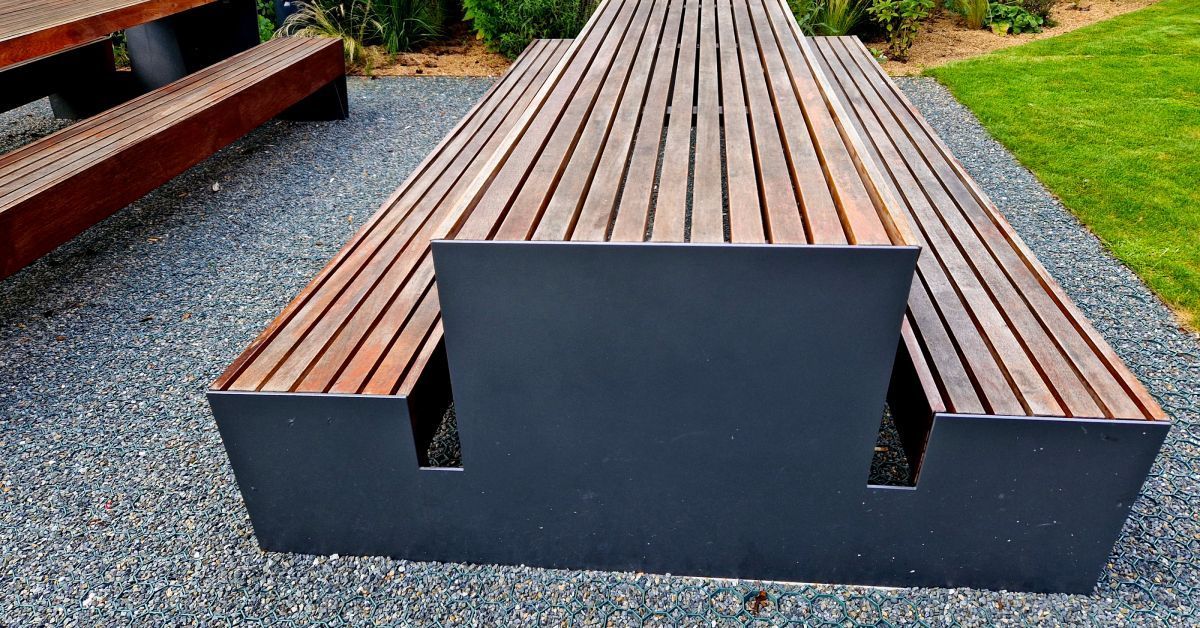What Are the Different Types of Permeable Paving?
Permeable paving systems are growing in popularity for their ability to drain water easily and provide a more sustainable alternative to typical paving materials. For this reason, more and more residents, businesses, and municipalities are adopting permeable paving systems. If you’re considering one of these systems, you should learn the different types of permeable paving to ensure you find the right materials for you. Here’s what to consider.
Permeable Concrete
Permeable concrete is mixed with stone and laid without a gravel or sand sub-base because it’s more porous than traditional concrete. This allows the concrete to slowly and harmlessly absorb water to reduce runoff or pooling, making it more efficient than traditional concrete. While not as permeable as other pavers, permeable concrete is still a good and easy way to improve walkways.
Interlocking Pavers
For an effective and stylish option, interlocking pavers like bricks create small gaps for water to drain through without impeding walking or rolling things like strollers or walkers. The paver itself doesn’t have to be permeable, so long as those small gaps are present in between the pavers. This option has by far the most design options available and can complement the surrounding architecture.
Porous Asphalt
Like permeable concrete, porous asphalt has small openings that absorb water. These openings are nearly imperceivable and look like typical asphalt. Porous asphalt is laid on top of a stone bed so that the water it absorbs can drain back into the soil, resulting in a healthier surrounding environment. For parking lots and similar applications, porous asphalt is the way to go.
Permeable Aggregate
Permeable aggregate is possibly the simplest of the different types of permeable paving. It is a good way to make pathways or protect soil and plants. Pouring permeable aggregate, like gravel, over soil and around plants, protect the roots while allowing water to drain easily into the soil to nourish the plants. For example, trees commonly line streets in municipalities and are protected by grates that rust and break over time. Permeable aggregate provides the same function without degrading in quality and is much easier to maintain.
